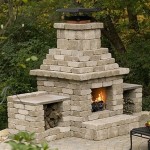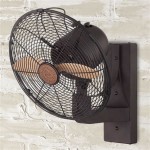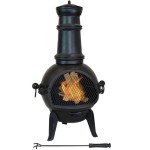Essential Aspects of Cast Iron Plants Outdoors
Cast iron plants (Aspidistra elatior), aptly named for their hardiness, are resilient foliage plants that thrive in a variety of outdoor conditions. Their lush, evergreen leaves add a touch of elegance and year-round greenery to any garden. Whether you're a seasoned gardener or just starting out, understanding the essential aspects of caring for cast iron plants outdoors will ensure their health and longevity.
Light Requirements
Cast iron plants are known for their tolerance of low light conditions, making them ideal for shady areas or understory plantings. However, they prefer bright, indirect light for optimal growth and leaf coloration. Avoid placing them in direct sunlight, as this can scorch their leaves.
Soil and Drainage
These plants are not particularly picky about soil type, but they prefer well-draining soil with a pH between 6.0 and 6.5. Avoid planting them in heavy clay soil or in areas prone to waterlogging, as this can lead to root rot.
Watering
Cast iron plants are drought-tolerant and do not require frequent watering. Allow the soil to dry out slightly between waterings, and then water thoroughly until water drains from the bottom of the pot or container. Overwatering can be detrimental, especially during the cooler months.
Fertilizing
Cast iron plants do not require heavy fertilization, but regular feeding during the growing season can promote healthier growth and foliage. Apply a balanced liquid fertilizer every two to four weeks during spring and summer, following the manufacturer's instructions.
Temperature and Hardiness
Cast iron plants are hardy to USDA plant hardiness zones 4-11. They can withstand temperatures as low as -10°F (-23°C) and thrive in warm summer conditions. However, prolonged exposure to freezing temperatures can damage the leaves.
Maintenance
Cast iron plants require minimal maintenance. Remove any dead or damaged leaves regularly to improve their appearance and prevent disease. Repotting is only necessary when the plant becomes rootbound or if the soil becomes compacted.
Pests and Diseases
Cast iron plants are relatively pest-free and disease-resistant. However, they can occasionally be affected by mealybugs, scale, or spider mites. Treat infestations promptly to prevent them from spreading.
Conclusion
Cast iron plants are an excellent choice for outdoor spaces, offering beauty and resilience in a variety of environments. By understanding their essential needs, such as light requirements, soil conditions, watering, and maintenance, you can ensure that these hardy plants thrive and add a touch of greenery to your garden year after year.

Cast Iron Plant Lives Up To Its Name

Cast Iron Plants For Garden Goods Direct

Cast Iron Plant C J Gardening Center

Prune Cast Iron Plant To Bring Back Evergreen Beauty Digging

Cast Iron Plant University Of Florida Institute Food And Agricultural Sciences

Cast Iron Plant Buchanan S Native Plants

How To Grow And Care For Cast Iron Plants Aspidistra Elatior

Growing Cast Iron Plants Outdoors How To Care For Outdoor Aspidistras

Prune Cast Iron Plant To Bring Back Evergreen Beauty Digging

Aspidistra Not Just A Cast Iron Plant
Related Posts








